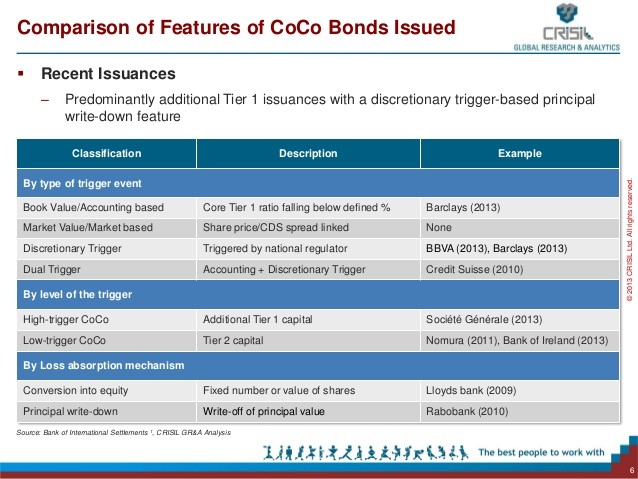Convertible Bonds Features and Advantages
Post on: 17 Сентябрь, 2015 No Comment

This article briefly outlines the characteristics of convertible bonds, their advantages, and some of the factors that influence their value.
What are Convertible Bonds?
A convertible bond gives the holder the right to “convert” or exchange the par amount of the bond for common shares of the issuer at some fixed ratio during a particular period. As bonds, they have some characteristics of fixed income securities. Their conversion feature also gives them features of equity securities.
Features of Corporate Bonds
Coupon Payments
Convertible bonds have a coupon payment and are legally debt securities, which rank prior to all equity securities in a default situation. Their value, like all bonds, depends on the level of prevailing interest rates and the credit quality of the issuer.
Exchange Features
The exchange feature of a convertible bond gives the right for the holder to convert the par amount of the bond for common shares at a specified price or “conversion ratio.” For example, a conversion ratio might give the holder the right to convert $100 par amount of the convertible bonds of Ensolvint Corporation into its common shares at $25 per share. This conversion ratio would be said to be ” 4:1″ or “four to one”.
Share Price
The share price affects the value of a convertible substantially. Taking our example, if the shares of Ensolvint were trading at $10, and the convertible was at a market price of $100, there would be no economic reason for an investor to convert the convertible bonds. For $100 par amount of the bond the investor would only get 4 shares of Ensolvint with a market value of $40. You might ask why the convertible was trading at $100 in this case. The answer would be that the yield of the bond justified this price. If the normal bonds of Ensolvint were trading at 10% yields and the yield of the convertible was 10%, bond investors would buy the bond and keep it at $100. A convertible bond with an “exercise price” far higher than the market price of the stock is called a “busted convertible” and generally trades at its bond value, although the yield is usually a little higher due to its lower or “subordinate” credit status.
Reversal
Think of the opposite. When the share price attached to the bond is sufficiently high or “in the money,” the convertible begins to trade more like equity. If the exercise price is much lower than the market price of the common shares, the holder of the convertible can convert into the stock at an attractive rate. If the exercise price is $25 and the stock is trading at $50, the holder can get 4 shares for $100 par amount that have a market value of $200. This would force the price of the convertible above the bond value and its market price should be above $200 since it would have a higher yield than the common shares.














